"Sculpture is nothing but memory... It is a stone dream, a transposition of emotions", said Pietro Cascella on various occasions, indicating what his gaze on reality was trying to capture.
But before becoming a master at modeling matter - be it stone, ceramic, cement, bronze or other metals - the master from Pescara had been a draftsman and painter, close in the 1940s to an abstract art and a use of color that looked to the greats who they had preceded him, Picasso in particular.
The beautiful exhibition 'Pietro Cascella unpublished' is dedicated to the early activity in Rome, set up until 19 March at Villa Torlonia in Rome by the National Committee for the celebrations in 2021 of the centenary of his birth.
In the Casino dei Principi, over one hundred works with many unpublished works, coming mostly from the museum that named his hometown after him, combine to describe the production of two decades, from 1938 to 1961. Cascella immediately received his acknowledgments, demonstrated by the participation at the IV Roman Quadrennial in 1943 and at the Venice Biennale in 1948. In the first drawings of rural subjects the link with his homeland is evident.
In the canvases, however, he experiments with different languages, from the expressionism of the Crucifixion of 1942 to the post-Cubism of Donna d'Abruzzo of 1948. Pietro, however, looked to the Capital, it is here that he wanted to move at all costs, even against the will of the family.
From 1949, therefore, he began to work ceramics and to model terracotta, the peperino from the Castelli Romani and the travertine from Tivoli,
"After the war - recalls his son Tommaso, who collaborated in the creation of the exhibition - art was made with what was there and was 'Arte Povera' in the literal sense of the term. This 'poverty' produced a wealth that today moves, because it refers to the poetry of our Etruscan and Romanesque ancestors and of so much history of fundamental art".
To that experience were added projects for mosaics and, towards the end of the decade, the working of metals, iron, aluminum and bronze before finally arriving at stone and concrete.
In those years he won, with his brother and the architect Julio Garcia Lafuente, the competition for the Auschwitz Monument, completed in 1967 after ten years of work,
of which he said that only silence could counteract the terrible screams of that tragedy.
In the 1950s and at the beginning of the following decade, the artist tackled a series of works defined as "sands", an expression of the informal climate widespread in that period, assembling brick or marble powders on large canvases among which anthropomorphic motifs emerge.
Cascella was not a cast sculptor who placed himself directly in front of the stone to give it shape.
His was painstaking work that started from the clay model and then in plaster, with thorough care, before arriving at the final gesture.
In particular, he was the architect of works intended for public spaces and places because he loved to involve the public, as his second wife, the Swiss sculptor Cordelia von den Steinen, recalls in a video.
In the 1950s and at the beginning of the following decade, the artist tackled a series of works defined as "sands", an expression of the informal climate widespread in that period, assembling brick or marble powders on large canvases among which anthropomorphic motifs emerge.
Cascella was not a cast sculptor who placed himself directly in front of the stone to give it shape.
His was painstaking work that started from the clay model and then in plaster, with thorough care, before arriving at the final gesture.
In particular, he was the architect of works intended for public spaces and places because he loved to involve the public, as his second wife, the Swiss sculptor Cordelia von den Steinen, recalls in a video.
In the 1950s and at the beginning of the following decade, the artist tackled a series of works defined as "sands", an expression of the informal climate widespread in that period, assembling brick or marble powders on large canvases among which anthropomorphic motifs emerge.
Cascella was not a cast sculptor who placed himself directly in front of the stone to give it shape.
His was painstaking work that started from the clay model and then in plaster, with thorough care, before arriving at the final gesture.
In particular, he was the architect of works intended for public spaces and places because he loved to involve the public, as his second wife, the Swiss sculptor Cordelia von den Steinen, recalls in a video.
Cascella was not a cast sculptor who placed himself directly in front of the stone to give it shape.
His was painstaking work that started from the clay model and then in plaster, with thorough care, before arriving at the final gesture.
In particular, he was the architect of works intended for public spaces and places because he loved to involve the public, as his second wife, the Swiss sculptor Cordelia von den Steinen, recalls in a video.
Cascella was not a cast sculptor who placed himself directly in front of the stone to give it shape.
His was painstaking work that started from the clay model and then in plaster, with thorough care, before arriving at the final gesture.
In particular, he was the architect of works intended for public spaces and places because he loved to involve the public, as his second wife, the Swiss sculptor Cordelia von den Steinen, recalls in a video.
"I like people - said the artist - to participate in the lives of others. The square tends to make everyone equal".
His obsession was to buy a castle.
A dream that he realized in 1977 in Lunigiana, going to live and work in the medieval castle of Verrucola in Fivizzano, in the province of Massa Carrara.
Pietro Cascella died on May 18, 2008 in Pietrasanta, where he had continued to carry out his projects with the collaboration of local artisans.

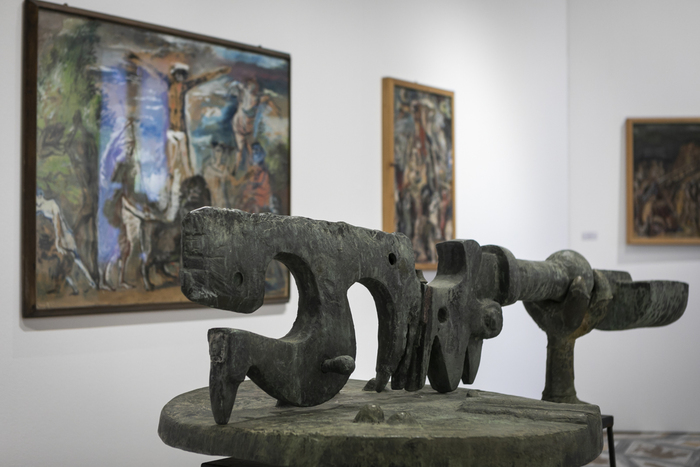


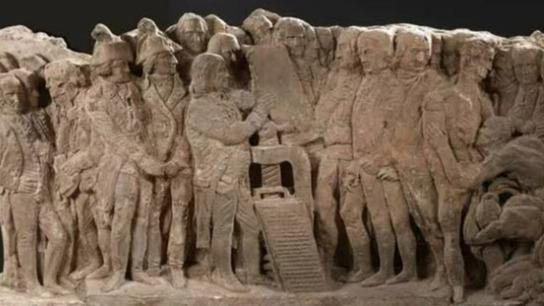
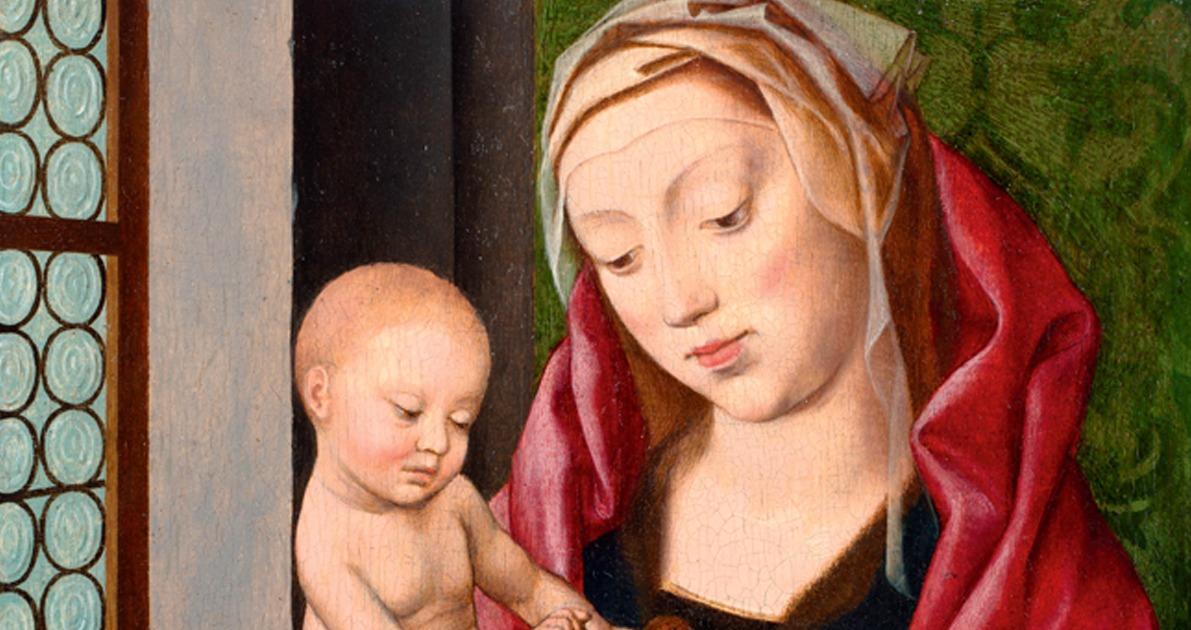
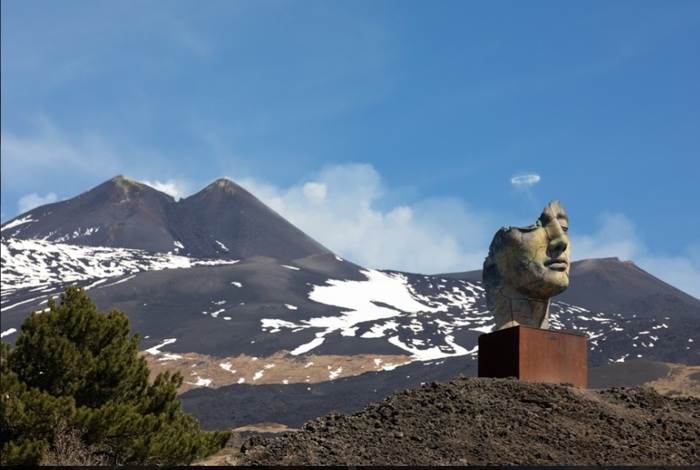

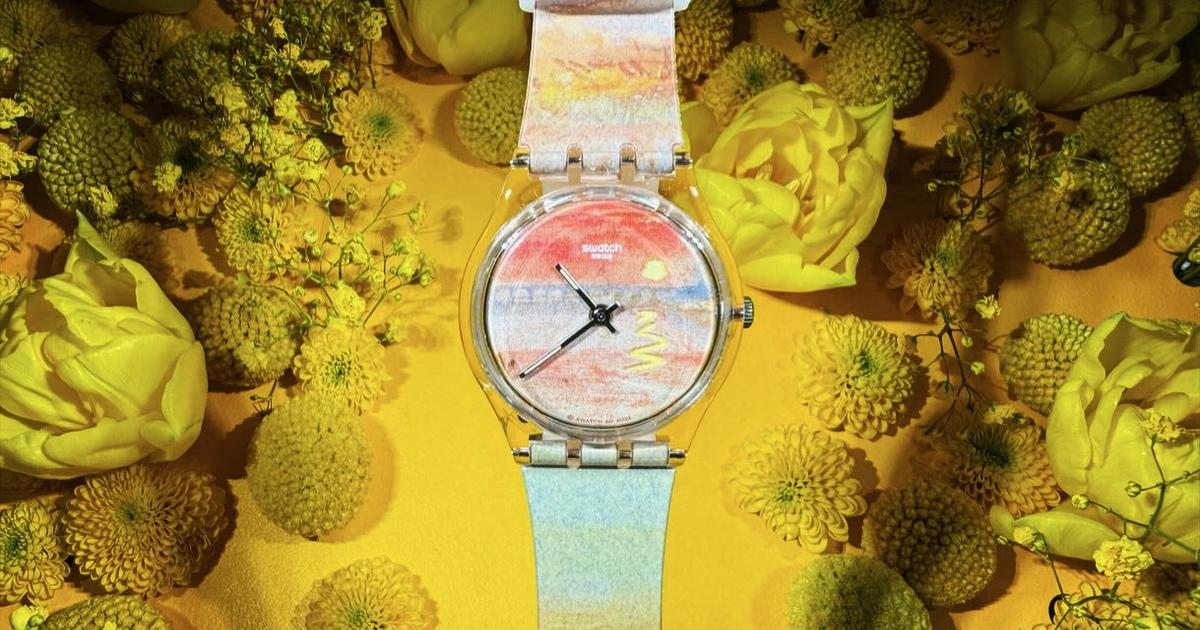
/cloudfront-eu-central-1.images.arcpublishing.com/prisa/TY47FSPP2RB4BEVHHZRVRO4QLY.jpg)